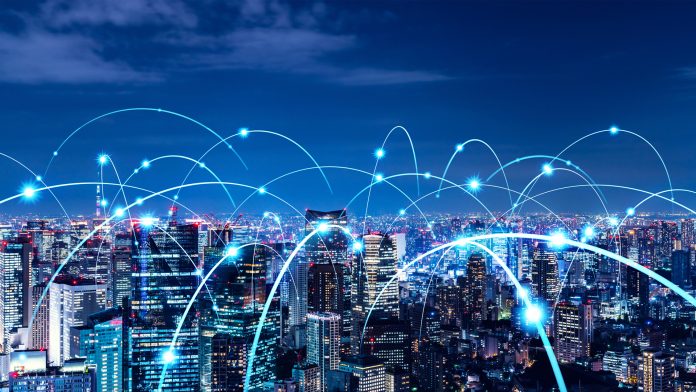The realisation of green 5G communication systems has become much closer with the development of a wirelessly powered relay network.
Manufactured by scientists at the Tokyo Institute of Technology, the novel 5G communication network is comprised of a battery-free design, making it both energy-efficient and economical, offering a plethora of advancements for an extensive range of sectors.
Wireless data bandwidth is becoming increasingly ubiquitous year after year, with millimetre wave – a short wavelength spectrum – displaying the most promise for effective 5G communication systems. Phased array antennas are being modified to leverage high-capacity millimetre-wave frequencies to achieve this feat, although current technology is limited to line-of-sight propagation.
Nevertheless, to attain non-line-of-sight communications, scientists are experimenting with relay nodes – proficient in increasing coverage, bandwidth, and reliability. However, a problem that persists with this method is the power supply, with conventional relay nodes required to have their own power supply unit or external power source.
To overcome this obstacle, the team have established a 28-GHz phased-array transceiver for 5G communication networks which is wirelessly powered, utilising a vector backscattering technique with a 24GHz oscillator and 4GHz intermediate frequency signals.
Professor Kenichi Okada, the leader of the project for the Tokyo Institute of Technology, said: “Backscatter communication makes it possible to harvest energy from incident signals and reflects back parts of the same signals while modulating the data. In this design, backscatter up-converts the 5G New Radio (5G NR) spectrum at 4GHz and transmits at 28GHz.”
The specially designed transmitter also works as a phase shifter, which facilitates it to modify the phase of incoming signals, meaning that it can effectively perform beamforming, where an array of antennas can transmit signals in a specific direction, allowing information to be disseminated effectively whilst mitigating interference.
Perhaps the most vital components of the transceiver are the rectifier operation and receiver; the received signal power for wireless power transfer (WPT) is enhanced by power combiners and passive phase shifters, with the rectifier working as a self-heterodyne mixer.
The entire system is extremely diminutive, configured in areas as small as 1.8 mm2, exerting 3.1 mW of power in receive mode and -2.2 dBm of saturated equivalent isotropic radiated power in transmit mode. Furthermore, the vector-summing backscatter boasts a 360° phase range of coverage with a 7-bit phase resolution, requiring a mere 0.03 mW in receive and transmit mode.
Okada said: “The proposed battery-free transceiver enhances 5G connectivity by serving as a repeater between indoor and outdoor environments. This, in turn, will improve user experiences and create new opportunities for operational efficiency in internet-of-things, industrial automation, and new communication services.”









